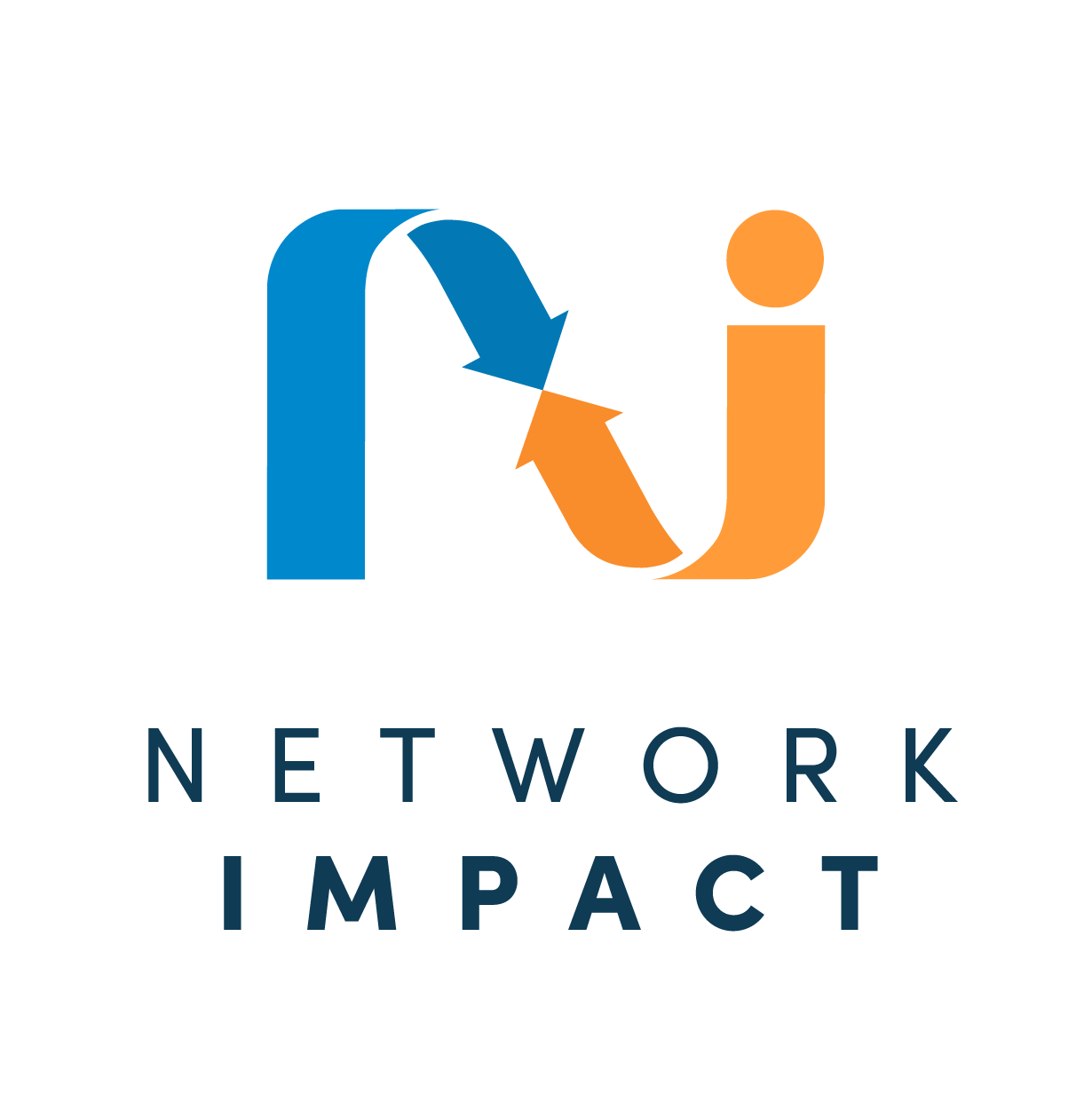Network Planning: Where to Start?
August 2010
At Network Impact, planning starts with network-centric questions.
We’re often asked to help an existing network to plan its future. “”What should we do next?”–to strengthen or expand or sustain the network. Helping networks answer the question–devise their strategies–depends on developing an understanding of the network’s condition. Here are some of the basic questions we ask the network (by interviewing its coordinators and stewards and surveying its members).
• What’s the purpose of the network? Yes, the same question you’d ask if you were working with an organization: Vision, Mission. Some networks have multiple purposes. A network’s purpose may evolve rapidly as its members come to know each other and realize what the potential value may be. If a network says its purpose is peer exchange/learning among members, it’s worth considering that as the network matures this value proposition may by superseded others. When you know the purpose, you can also consider whether the network’s structure (shape of connectivity) is the best one for the purpose.
• What type of network is it? It’s useful to classify a network as either being a connectivity or alignment or production network. (Learn more about these distinctions in Net Gains.) These different types provide different value for members and require different “enabling infrastructure” to support members’ activities.
• What stage of network evolution has the network reached? We have two ways of thinking about the “life cycle” of a network. One is a cycle of birth-to-growth, growth-to-stabilization, stabilization-to-turbulence, and turbulence-to-either-decline-or-transformation. Start-up networks have different needs and potential from mature, stable networks. Our second framework goes back to the connectivity-alignment-production model. All networks have a foundation of connectivity, but some of the evolve into alignment networks, and some alignment networks evolve into production networks. (Learn more about this model of network evolution.) An alignment network that is expanding requires a different set of strategies than a production network that is in turbulence.
• What are its members most important value propositions? How good do they feel about the value they are getting from participating in the network?It’s essential to be clear about members’ value propositions–the motivating forces behind the network’s energy–and to know how members feel their VPs are being addressed. (Read more about identifying and measuring value propositions.)
• What degree of connectivity do its members share? And what is the “shape” of the connectivity? Connectivity is the lifeblood of a network. But connections among members will vary. Some members will connect frequently with each other. others will connect infrequently. Some will connect with many other members, some with just a few. The patterns of connectivity can be mapped and analyzed, and this becomes the basis for strategies to strengthen connectivity. With one network, we asked members if they had talked with, met with, or collaborated on a project with other members–different intensities of connection. This allowed us to map not just who linked to who, but also some of the quality of the connectivity.
• What is being transacted (what flows) between members? When you know what the network’s members are doing with each other–whether it’s a network-sponsored activity or something some members just decided to do, the network can decide whether it wants to dedicate resources to enabling others to participate. If, for instance, a national network finds that some of its members are working on creating local networks of the same sort, it can decide to help them and others do this, or it can decide not to. Members’ transactions reveal opportunities for the network to provide more value.
To help networks do some of this planning work on their own we developed a self-assessment tool, the Network Health Assessment Scorecard, which can be used by network members to provide feedback and generate a where-do-we-stand conversation within the network.
